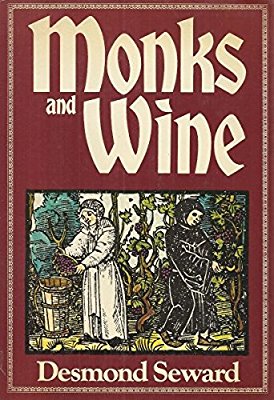If you’re looking for trivia I’d just use Google. Everyone on this board lies about facts but tells the truth about opinions, and that’s been true ever since Todd started this board in Volnay in 1963. That’s almost twenty years ago.
Its possible all of my post is irrelevant to what you’re looking for but here goes.This is what I tell people are the only things you need to know. All of the below overgeneralizes and oversimplifies but it works for me:
All French Pinot is red Burg, with exceptions.
All red Burg is pinot, with exceptions.
All French Chardonnay is white Burg including Chablis, with exceptions.
All white Burg is Chardonnay, with exceptions.
The exceptions don’t matter.
North Burgundy is the Cote de Nuits. South Burgundy is the Cote de Beaune. The highest status red Burgs are from five villages in the Cote de Nuits. Memorize all five in order to enjoy red Burgundy. Morey, Gevrey, Chambolle, Nuits, Vosne.
Negociants can make great wine at half price.
Everything Jadot made until that guy retired, including the stuff on the bottom shelf at Safeway, is worth the money.
Gamay is great Burgundy at one fifth the cost. Tastes different though.
Some red Burgundy tastes a lot like California pinot but even those tend to be less oaky and more interesting than California pinot. Most red Burgundy seems leaner higher acid and earthier than California pinot. Red Burgundy needs age much more than California pinot does, it’s like Bordeaux that way. Without age it can be really lean, really high toned, really earthy, really light, and sometimes tannic, in short not worth drinking. With many exceptions.
Vintages really matter. Buy from medium good vintages. They drink sooner and are less expensive yet full and rich. Utterly perfect Burgs usually need way too many years and way too many dollars. Don’t buy them. Seriously.

